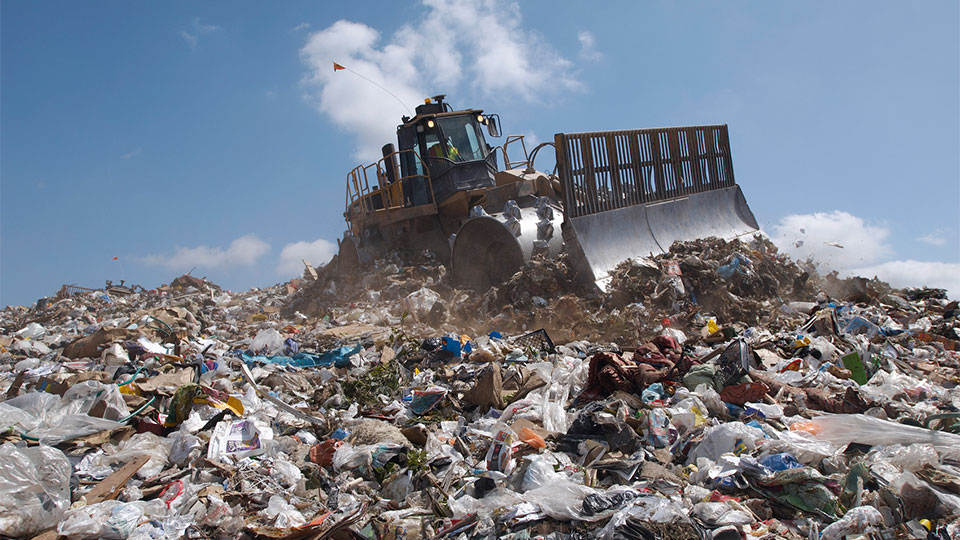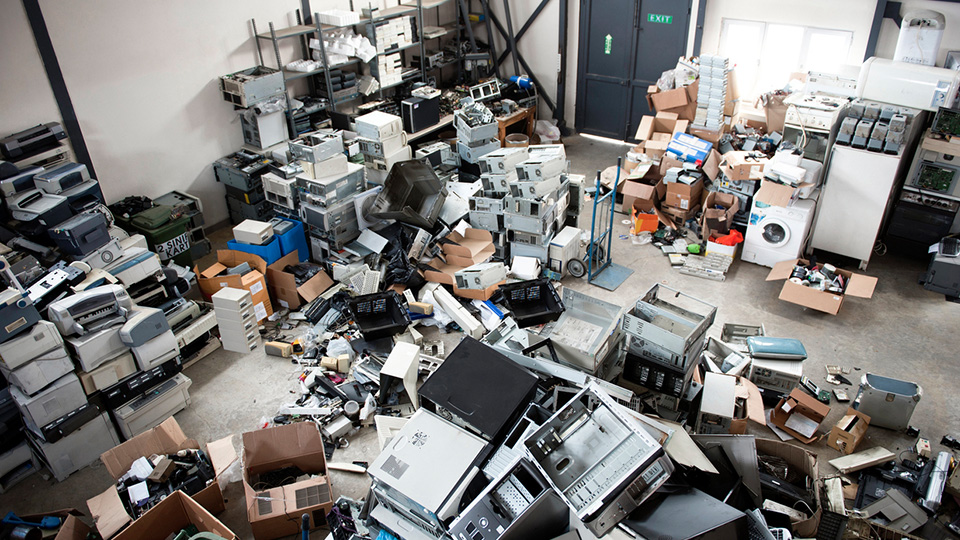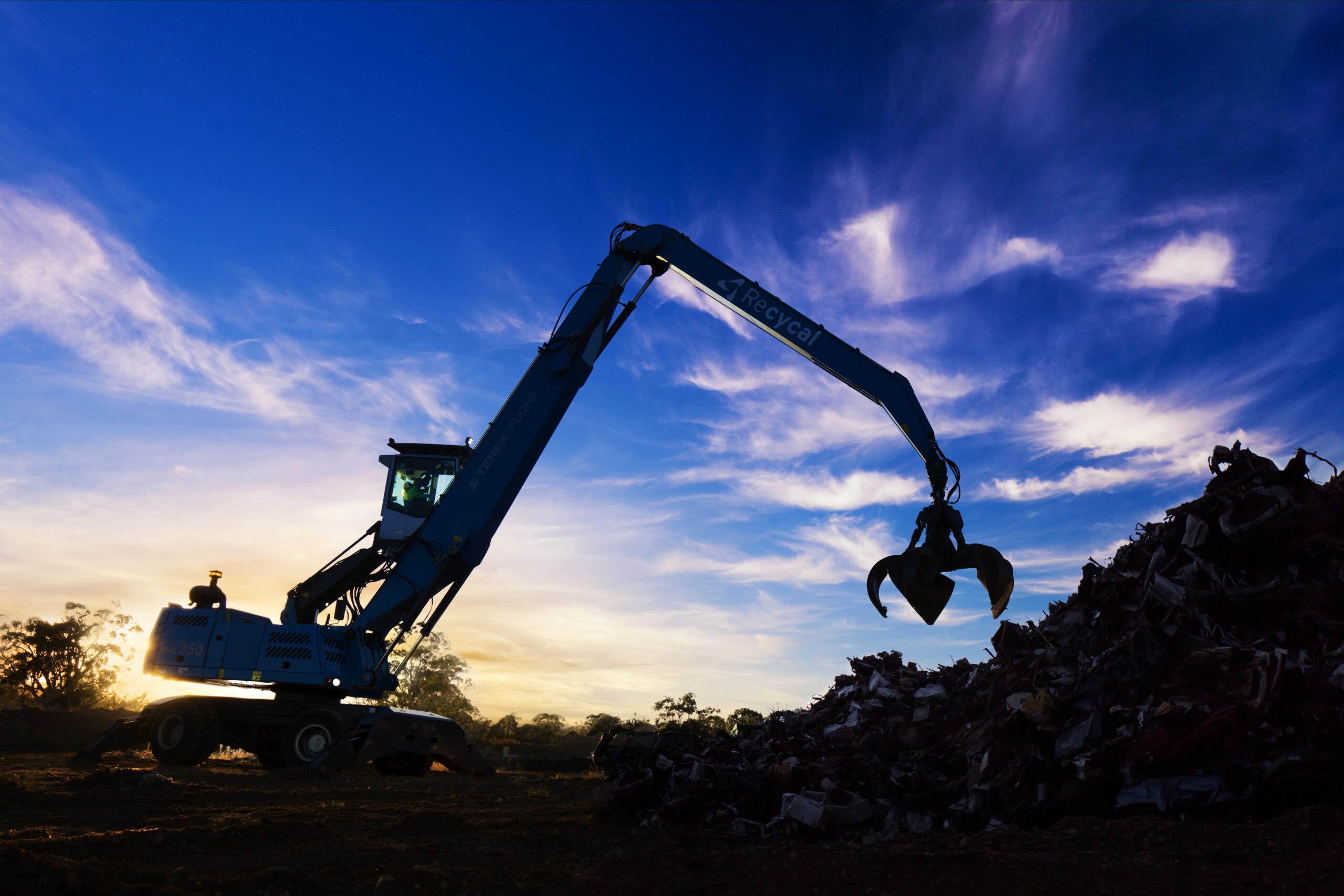Today electric vehicles (EVs) represent 7% of all new car sales. This marks a significant shift towards sustainable transportation. In Australia, the average age of a fossil fuel car on the road is 10 years. While we are well-versed in the end-of-life processes for traditional vehicles, there is still much to learn about the ageing of high-voltage EV batteries.
Importance of EV battery recycling
Research conducted last year by the University of Technology Sydney revealed that by 2030, 30,000 tonnes of used electric vehicle batteries will enter the waste stream in Australia. The dangers of batteries ending up in landfill are well-documented. Therefore, it is crucial for government bodies, manufacturers, and materials recyclers to collaborate. This will ensure we develop best practice strategies for battery disposal and recycling.
Tesla, Australia’s number one electric car brand, upholds a strict policy of ensuring that no EV batteries end up in landfill. According to company spokespersons, Tesla achieves a 100% recycling rate. Importantly, recovering critical metals, including lithium-ion from their EV batteries.
Ecobatt, part of the Ecocycle group, collaborates with many renowned brands. Polestar, Mercedes, Tesla, Mitsubishi, VW Group, Volvo, Porsche, BMW, Hyundai, Nissan are just a few. Together, they are dedicated to advancing sustainable battery recycling practices.
Ecobatt is leading the way in battery recycling innovation
Ecobatt is currently the only provider in Australia offering safe transport containers for damaged electric vehicles. They ensure they can be moved and monitored safely and efficiently. These specialised twenty-foot containers enable damaged vehicles to be securely winched inside and transported. They can be moved to a dealer for repair or, if the damage is too severe, taken away for recycling by Ecobatt. The containers are also equipped with advanced fire suppression systems to mitigate the risks of fire during transport, ensuring the highest safety standards are maintained.
Doug Rowe, Managing Director of the Ecocycle group, stated, “Currently, our volumes within the electric vehicle market are not extensive, but we anticipate significant growth in the coming years.” He added, “We have plans to build a $38 million Lithium-ion Battery Recycling Plant. This is scheduled to commence operations in late 2025. The facility will be capable of processing up to 30,000 tonnes of batteries annually.”
Battery repurposing is another growth industry
Giving batteries a second life is a burgeoning industry. Importantly, repurposing old EV batteries, which have lost capacity, into Battery Energy Storage Systems (BESS). Ecobatt is already leveraging this approach in unison with solar panels at their Campbellfield facility. Using the repurposed batteries to power their recycling operations.
What’s more urban mining of old batteries for critical minerals is expected to become a major growth industry in Australia over the next decade. Some experts believe that, on average, recycling three old EV batteries can yield enough critical minerals to produce one new battery.
Currently, most electric car batteries processed by the Ecocycle group, including Ecobatt, are either out of warranty or part of manufacturer-initiated recalls.
EV manufacturers currently offer an eight-year life warranty or the equivalent of 160,000 kilometres for their batteries. This warranty typically ensures that the electric car battery will not lose more than 70% of its capacity within that period. If it does, the battery is replaced. The cost of recycling a battery depends on various factors. These include the size and type of the battery, as well as transportation logistics.
In broad terms, recycled EV batteries are first discharged, and the captured energy is sent back to BESS containers to power the recycling operations at the Ecocycle facility. The batteries are then dismantled, with non-cell and non-metal components going into materials recycling. The battery cells are crushed to create what is known as black mass, a mixture of minerals and metals.
What does Black Mass contain?
Importantly, the black mass contains valuable materials such as nickel, cobalt, graphite, copper, aluminium, and lithium. The black mass is sent offshore for further refining and can then be incorporated into new battery products. At present Australia lacks the capacity and facilities to effectively recover the critical minerals from the black mass. However, this situation is poised to change dramatically in the coming years with initiatives like Ecobatt’s URT Lithium Plant.

Australia continues to embrace electric vehicles and sustainable energy solutions. The importance of effective battery recycling and remanufacturing cannot be overstated. With innovative initiatives from companies like Ecobatt, Australia is on the cusp of significant advancements in the recycling and recovery of critical materials.
Furthermore, the forthcoming URT Lithium Plant and other strategic developments will position Australia as a leader in battery recycling. Finally, ensuring that valuable resources are reclaimed and repurposed safely and efficiently. As we navigate this transition, collaboration among government bodies, manufacturers, and industry stakeholders will be crucial in developing best practices and sustainable strategies for the future. In summary, the journey towards a cleaner, greener Australia is well underway. With continued innovation and commitment, we can achieve a sustainable and prosperous future for all.






